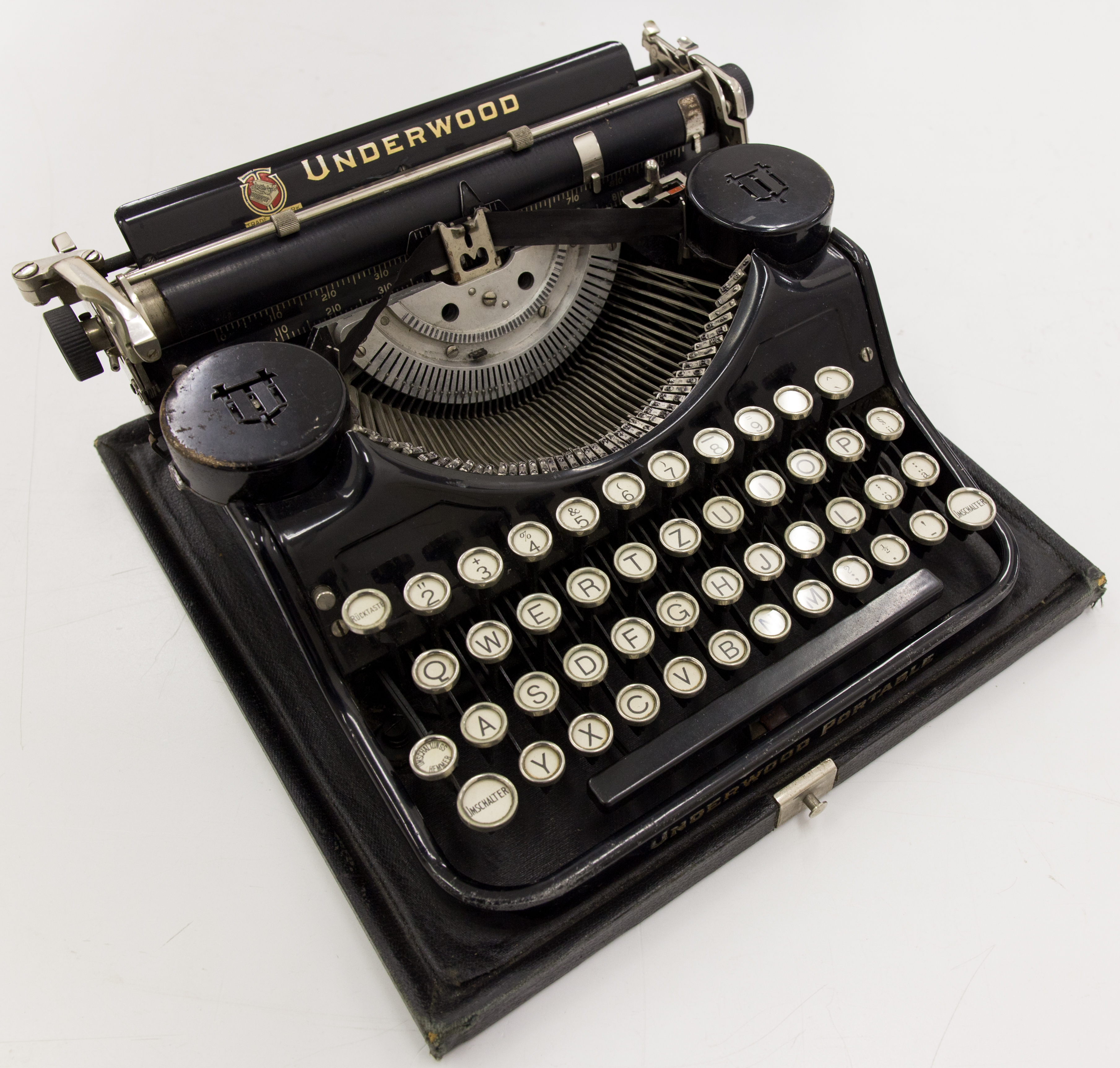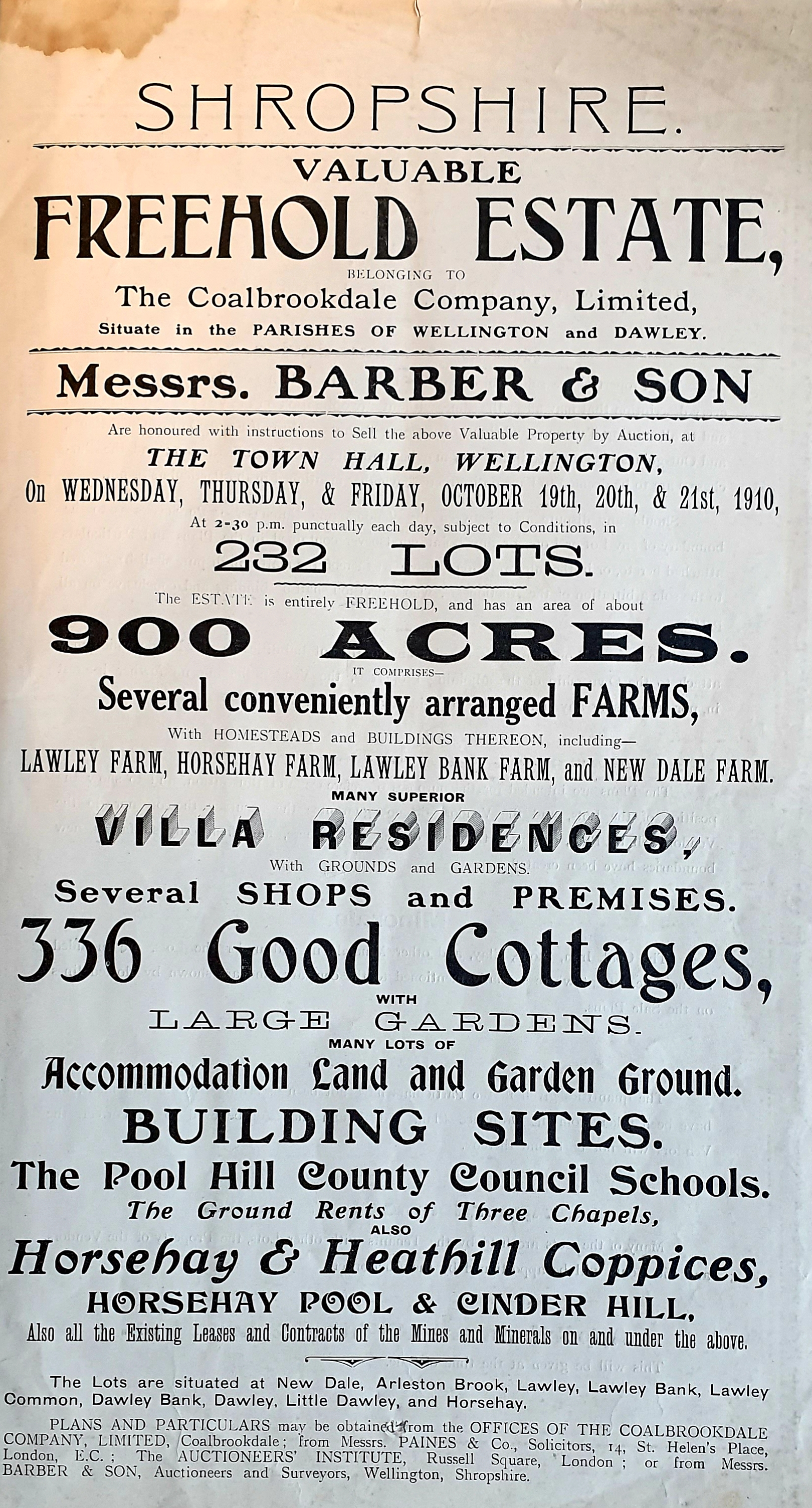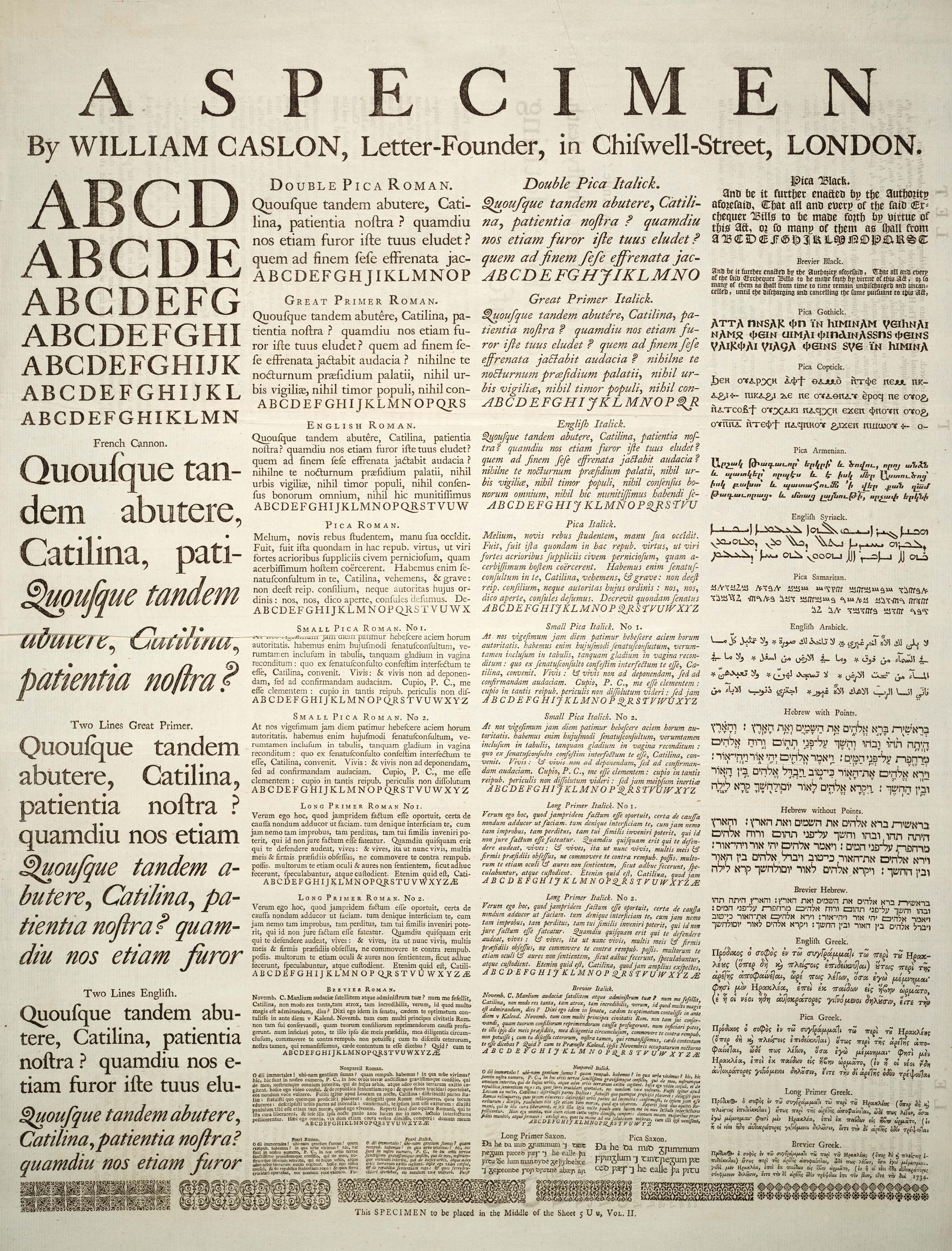|
Pitch (typewriter)
Pitch is the number of ( monospaced) letters, numbers and spaces in of , that is, ''characters per inch'' (abbreviated cpi), measured horizontally. The pitch was most often used as a measurement of the size of typewriter fonts as well as those of impact printers used with computers. The most widespread fonts in typewriters are 10 and 12 pitch, called ''Pica'' and ''Elite'', respectively. Both fonts have the same x-height, yielding six lines per vertical inch. There may be other font styles with various width: condensed or compressed (17–20 cpi), italic or bold (10 pitch), enlarged (5–8 cpi), and so on. ''Pica'', the typewriter font, should not be confused with pica, a unit equal to of an inch or twelve points, usually measured vertically. See also * Copyfitting Estimating the average number of characters per line for a proportionately spaced font. * * * Proportional spacingA proportional typeface contains glyph A glyph ( ) is any kind of purposeful mark. In ty ... [...More Info...] [...Related Items...] OR: [Wikipedia] [Google] [Baidu] |
Monospaced
A monospaced font, also called a fixed-pitch, fixed-width, or non-proportional font, is a font whose letters and characters each occupy the same amount of horizontal space. This contrasts with Typeface#Proportion, variable-width fonts, where the letters and spacings have different widths. Monospaced fonts are customary on typewriters and for typesetting computer code. Monospaced fonts were widely used in early computers and computer terminals, which had limited graphical capabilities. Hardware implementation was simplified by using a text mode where the screen layout was addressed as a regular grid of tiles, each of which could be set to display a character by indexing into the hardware's character map. Some systems allowed colored text to be displayed by varying the foreground and background color for each tile. Other effects included reverse video and blinking text. Nevertheless, these early systems were typically limited to a single Command-line interface, console font ... [...More Info...] [...Related Items...] OR: [Wikipedia] [Google] [Baidu] |
Typewriter
A typewriter is a Machine, mechanical or electromechanical machine for typing characters. Typically, a typewriter has an array of Button (control), keys, and each one causes a different single character to be produced on paper by striking an ink ribbon, inked ribbon selectively against the paper with a Sort (typesetting), type element. Thereby, the machine produces a legible written document composed of ink and paper. By the end of the 19th century, a ''person'' who used such a device was also referred to as a ''typewriter''. The first commercial typewriters were introduced in 1874, but did not become common in offices in the United States until after the mid-1880s. The typewriter quickly became an indispensable tool for practically all writing other than personal handwritten correspondence. It was widely used by professional writers, in offices, in business correspondence in private homes, and by students preparing written assignments. Typewriters were a standard fixture in m ... [...More Info...] [...Related Items...] OR: [Wikipedia] [Google] [Baidu] |
Printer (computing)
A printer is a peripheral machine which makes a durable representation of graphics or text, usually on paper. While most output is human-readable, bar code printers are an example of an expanded use for printers. Different types of printers include 3D printers, inkjet printers, laser printers, and thermal printers. History The first computer printer designed was a mechanically driven apparatus by Charles Babbage for his difference engine in the 19th century; however, his mechanical printer design was not built until 2000. He also had plans for a curve plotter, which would have been the first computer graphics printer if it was built. The first patented printing mechanism for applying a marking medium to a recording medium or more particularly an electrostatic inking apparatus and a method for electrostatically depositing ink on controlled areas of a receiving medium, was in 1962 by C. R. Winston, Teletype Corporation, using continuous inkjet printing. The ink was a red sta ... [...More Info...] [...Related Items...] OR: [Wikipedia] [Google] [Baidu] |
X-height
upright 2.0, alt=A diagram showing the line terms used in typography In typography, the x-height, or corpus size, is the distance between the baseline and the mean line of lowercase letters in a typeface. Typically, this is the height of the letter ''x'' in the font (the source of the term), as well as the letters ''v'', ''w'', and ''z''. (Curved letters such as ''a'', ''c'', ''e'', ''m'', ''n'', ''o'', ''r'', ''s'', and ''u'' tend to exceed the x-height slightly, due to overshoot; ''i'' has a dot that tends to go above x-height.) One of the most important dimensions of a font, x-height defines how high lowercase letters without ascenders are compared to the cap height of uppercase letters. Display typefaces intended to be used at large sizes, such as on signs and posters, vary in x-height. Many have high x-heights to be read clearly from a distance. This, though, is not universal: some display typefaces such as Cochin and Koch-Antiqua intended for publicity uses have low x ... [...More Info...] [...Related Items...] OR: [Wikipedia] [Google] [Baidu] |
Condensed Font
In metal typesetting, a font is a particular size, weight and style of a ''typeface'', defined as the set of fonts that share an overall design. For instance, the typeface Bauer Bodoni (shown in the figure) includes fonts " Roman" (or "regular"), "" and ""; each of these exists in a variety of sizes. In the digital description of fonts (computer fonts), the terms "font" and "typeface" are often used interchangeably. For example, when used in computers, each style is stored in a separate digital font file A computer font is implemented as a digital data file containing a set of graphically related glyphs. A computer font is designed and created using a font editor. A computer font specifically designed for the computer screen, and not for print .... In both traditional typesetting and computing, the word "font" refers to the delivery mechanism of an instance of the typeface. In traditional typesetting, the font would be made from metal or wood type: to compose a page ma ... [...More Info...] [...Related Items...] OR: [Wikipedia] [Google] [Baidu] |
Pica (typography)
The pica is a typographic unit of measure corresponding to approximately of an inch. One pica is further divided into 12 Point (typography), points. In printing, three pica measures are used: * The French pica of 12 Didot points (also called Cicero (typography), cicero) generally is: 12 × 0.376 = . * The American pica of . It was established by the United States Type Founders' Association in 1886. In TeX one pica is of an inch. * The contemporary computer PostScript pica is exactly of an inch, i.e. 0.1 in or 4.2 mm. Publishing applications such as Adobe InDesign and QuarkXPress represent pica measurements with whole-number picas left of a lower-case ''p'', followed by the points number, for example: 5p6 represents 5 picas and 6 points, or 5 picas. Cascading Style Sheets (CSS) defined by the World Wide Web Consortium use pc as the abbreviation for pica ( of an inch), and pt for point ( of an inch). The pica is also used in measuring the font capacity and is applied in the ... [...More Info...] [...Related Items...] OR: [Wikipedia] [Google] [Baidu] |
Proportional Spacing
A typeface (or font family) is a design of letters, numbers and other symbols, to be used in printing or for electronic display. Most typefaces include variations in size (e.g., 24 point), weight (e.g., light, bold), slope (e.g., italic), width (e.g., condensed), and so on. Each of these variations of the typeface is a font. There are thousands of different typefaces in existence, with new ones being developed constantly. The art and craft of designing typefaces is called type design. Designers of typefaces are called type designers and are often employed by type foundries. In desktop publishing, type designers are sometimes also called "font developers" or "font designers" (a typographer is someone who ''uses'' typefaces to design a page layout). Every typeface is a collection of glyphs, each of which represents an individual letter, number, punctuation mark, or other symbol. The same glyph may be used for characters from different writing systems, e.g. Roman uppercase A ... [...More Info...] [...Related Items...] OR: [Wikipedia] [Google] [Baidu] |
Glyph
A glyph ( ) is any kind of purposeful mark. In typography, a glyph is "the specific shape, design, or representation of a character". It is a particular graphical representation, in a particular typeface, of an element of written language. A grapheme, or part of a grapheme (such as a diacritic), or sometimes several graphemes in combination (a composed glyph) can be represented by a glyph. Glyphs, graphemes and characters In modern English, symbols like letters and numerical digits are each both single graphemes and single glyphs. In most languages written in any variety of the Latin alphabet except English, the use of diacritics to signify a sound mutation is common. For example, the grapheme requires two glyphs: the basic and the grave accent . In general, a diacritic is regarded as a glyph, even if it is contiguous with the rest of the character like a cedilla in French, Catalan or Portuguese, the ogonek in several languages, or the stroke on a Polish . Altho ... [...More Info...] [...Related Items...] OR: [Wikipedia] [Google] [Baidu] |




